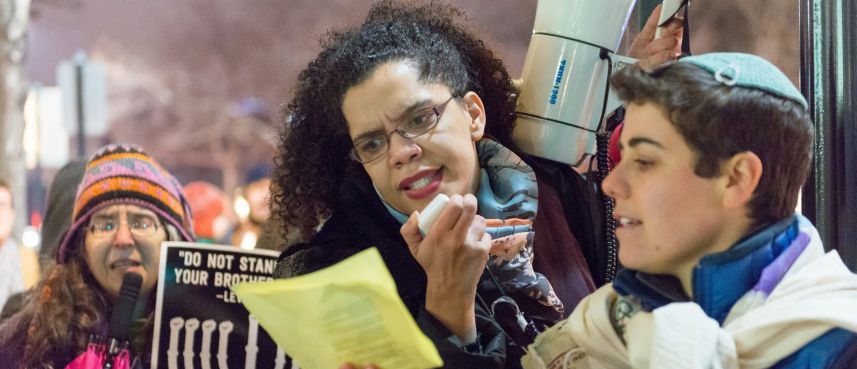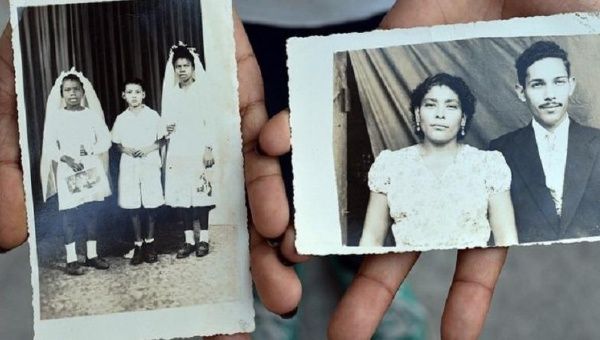‘Black-ish’ Star Yara Shahidi Is a Role Model Off-ScreenPosted in Articles, Arts, Media Archive, United States on 2015-11-30 02:37Z by Steven |
‘Black-ish’ Star Yara Shahidi Is a Role Model Off-Screen
The New York Times
2015-11-27
 Ms. Shahidi, 15, won the N.A.A.C.P. Image Award for outstanding supporting actress in a comedy series this year. Credit Emily Berl for The New York Times |
“Life as a teenager can be down right chaotic,” the actress Yara Shahidi, 15, told an audience last month at Cipriani 42nd Street, where she was being honored by the Young Women’s Leadership Network. “We must also realize that it is up to us whether these years will feel like a melancholy struggle or an opportunity for growth or experiences of a lifetime.”
For Ms. Shahidi, it’s certainly the latter.
As the actress who plays Zoey, the smart but entitled daughter on ABC’s “Black-ish,” a situation comedy about a prosperous black family wrestling with racial issues, Ms. Shahidi certainly has a platform to be heard. But she has not stopped there.
When she’s not taping “Black-ish,” she is a full-time social activist, inspiring young women to excel academically, volunteering at medical clinics and starting her own mentoring club…
There are few African-American actresses her age who are having the kind of cultural and social impact that Ms. Shahidi is, both on and off screen. This year, she was nominated for a Teen Choice Award for best breakout star. She won a N.A.A.C.P. Image Award for outstanding supporting actress in a comedy series…
…Activism runs in her family. “I was raised by a bunch of humanitarians,” she said, referring to her African-American mother, Keri-Salter Shahidi, a commercial actress, and her Iranian father, Afshin Shahidi, a cinematographer. Her maternal grandfather was involved in the civil rights movement…
Read the entire article here.




